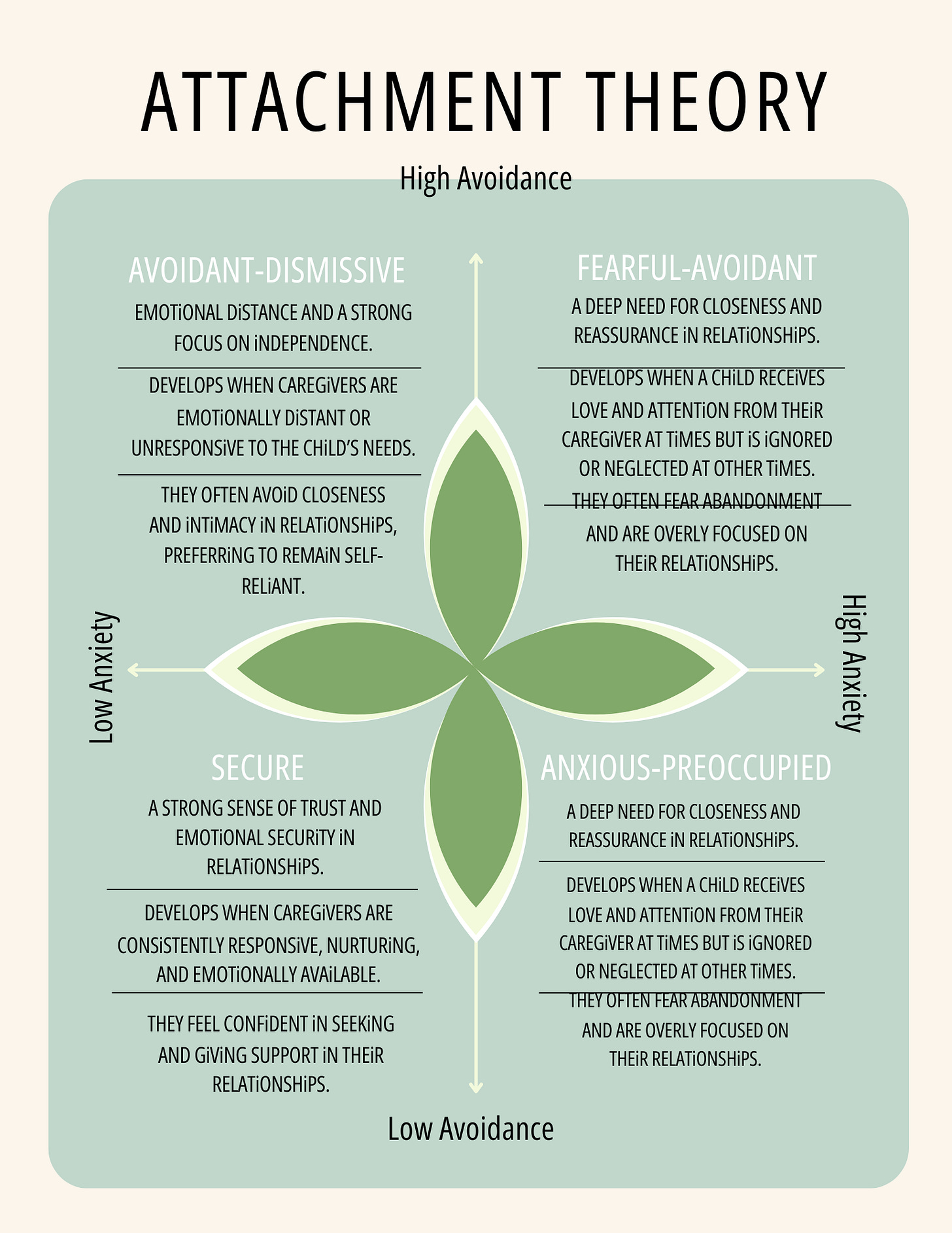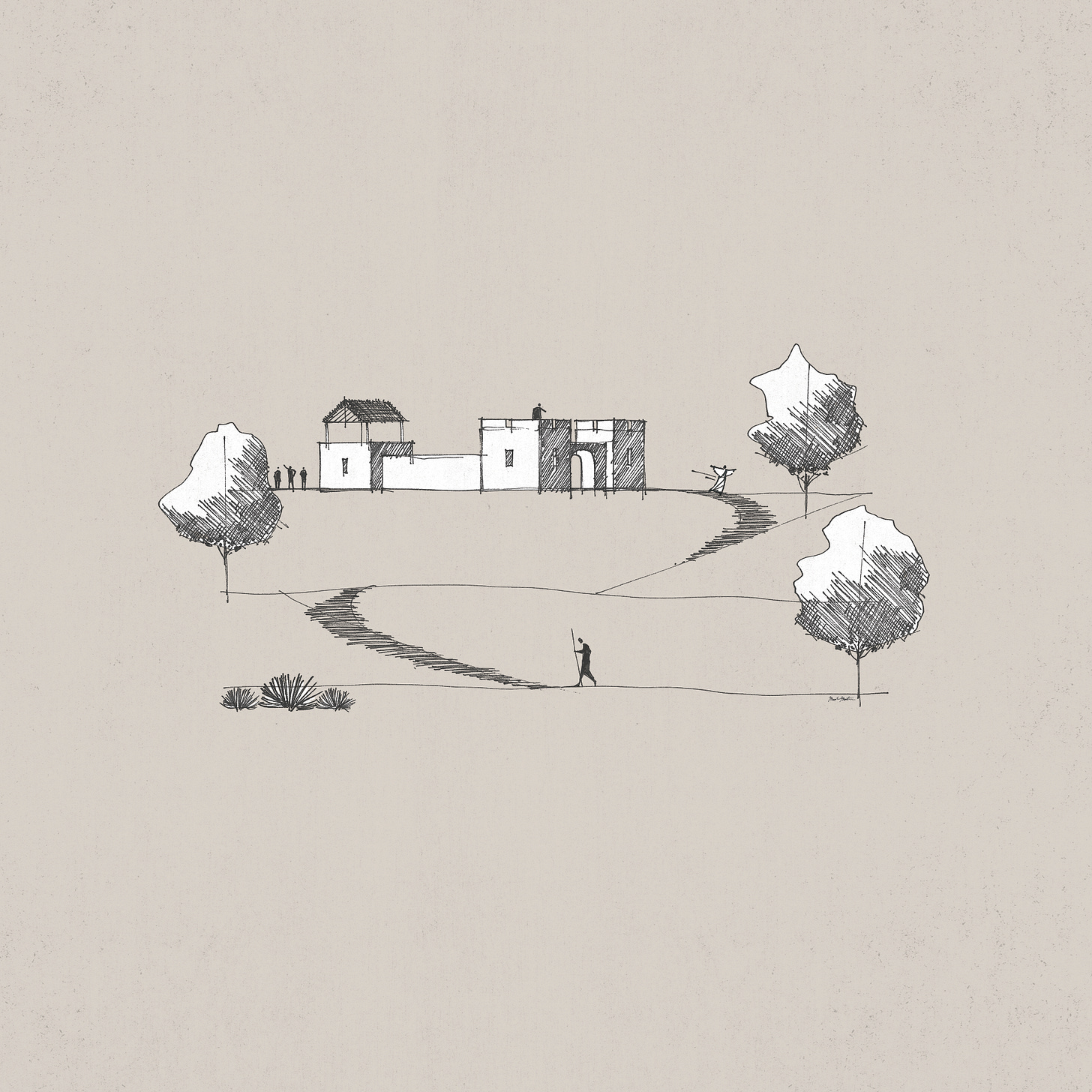“The emotional quality of our earliest attachment experience is perhaps the single most important influence on human development.” — Alan Sroufe and Dan Siegel
One of the most well-known stories that Jesus tells in His ministry is what we call “The Prodigal Son” (Luke 15:11-32). The story goes that a wealthy father has two sons. One of the sons asks the father for his inheritance so he can live his life elsewhere. The father gives the younger son what belongs to him, and the son goes off to spend all his inheritance living a reckless life. A famine strikes the land, leaving him with nothing. In desperation, the son gets a job feeding pigs and finds himself alone, eating the pods meant for the pigs. This situation perfectly depicts the term “rock bottom.”
Realizing his dire circumstances, the son concludes that he could return home and work for his father. He decides to give up his identity as a son and settle for being one of his father’s employees. Fearing rejection, he hopes that his father might accept him as a hired servant. However, as he returns home, the father sees him from a distance. Filled with compassion, the father runs to embrace his son. The son tries to express his desire to be treated as a hired servant, but the father ignores his plea. He instructs the servants, “Bring quickly the best robe, and put it on him, and put a ring on his hand, and shoes on his feet. And bring the fattened calf and kill it, and let us eat and celebrate. For this my son was dead, and is alive again; he was lost, and is found.” And they began to celebrate (Luke 15:22-24).
One aspect of the story that I find troubling is its title. It should be called “A Loving and Accepting Father.” The son was prepared to face rejection and abandonment from his father. Yet, despite appearing in rags and smelling of pigs, the father embraced him with love and acceptance. The father’s response to his son’s return is an example that every parent should strive to emulate. Jesus illustrates not only God’s love for us but also exemplifies what a loving parent looks like. The father expresses his unconditional love for his son through gifts and celebrations. He does not question the son’s appearance, motives, or past actions; there are no conditions for the son’s return.
In my experience with clients, I frequently encounter individuals who have faced some form of rejection or abandonment from their parents. Stories of divorce, bullying, abuse, and disownment often reveal underlying issues related to a lack of love and acceptance. These experiences frequently lead to difficulties in self-love and acceptance, resulting in depression and anxiety. What would life look like if parents truly loved and accepted their children for who they are? How might people view the world and themselves had they not experienced abuse? While we can’t be certain, it seems logical that they would enjoy better mental and emotional health, and issues like drug abuse and suicide rates might decrease significantly.
In my first counseling job, I worked with children and families at a community mental health agency. Few clients lived in two-parent households; most resided with single parents, relatives, foster families, or in group homes. Sadly, I witnessed many clients rejected by their parents, who prioritized drugs, relationships, or simply avoided the responsibilities of parenthood. Now in private practice, I work with clients disowned by family members due to politics, religion, or issues related to sexual orientation and gender identity. These clients grapple with rejection and abandonment from those they once trusted to guide them toward a happy life.
Building rapport often involves demonstrating my non-judgmental approach, showing care and understanding. For many clients, knowing that someone genuinely cares can catalyze positive change. I strive to create a “secure haven” in therapy, as John Bowlby describes, ensuring that my clients feel safe and supported as they navigate their challenges.
In Bowlby’s Attachment Theory, he discusses the significance of an infant forming an attachment to a parent. The parent serves as the infant’s primary source of life, providing comfort, meeting basic needs, and ensuring protection. If a parent fails to meet these needs or is absent from the child’s life, the risk of mental health issues increases. Children may face challenges such as depression, anxiety, and oppositional defiance. Based on my experience working with children, teenagers, and adults in therapy, many parents are unaware of the profound impact they have on their children’s lives. In the story of the Prodigal Son, the father and son demonstrate what Bowlby refers to as a Secure Attachment style. This is the ideal for parenting, helping to avoid other attachment styles (Anxious Attachment, Avoidant Attachment, and Disorganized Attachment).
How do we know they share a secure attachment? The son was confident enough in their relationship to approach his father about his inheritance—a bold move in Jewish culture, where inheritances are typically received only after a parent’s death. The son also demonstrates independence and self-assurance by leaving home to explore life on his own. When he finds himself in dire straits with the pigs, he chooses to return to his father’s house (safe haven). He returns to the security of his father’s love, represented by the garments and jewelry his father provides.
Imagine if the father’s response had been one of rejection. He had every right to disown his son for taking his inheritance prematurely. In Jewish customs, the son’s request implied that he wished his father were dead in order to claim his inheritance. Yet, despite the son’s actions, the father’s love transcended any potential for rejection. His love allowed him to accept his son, regardless of the son’s arrogance or despair. Had he been rejected, I have no doubt the son would have remained in the pigpen for the rest of his life.
Alan Sroufe writes on how children with secure attachment are more likely to develop into. This is based on the Minnesota Longitudinal Study of Risk and Adaptation (MLSRA):1
A greater sense of self-agency
Better emotional regulation
Higher self-esteem
Better coping under stress
More positive engagement in the preschool peer group
Closer friendships in middle childhood
Better coordination of friendships and social groups in adolescence
More trusting, non-hostile romantic relationships in adulthood
Greater social competence
More leadership qualities
Happier and better relationships with parents and siblings
Greater trust in life
How do parents establish a secure attachment? Here are the 5 conditions that are needed for it:2
The Child Feels Safe
The Child Feels Seen and Known
The Child Feels Comfort, Soothing, and Reassurance
The Child Feels Valued
The Child Feels Supported to Explore
I encourage you to take a moment to reflect on your attachments with your children. Do you believe that all of these attachments are secure? I’ve included a picture illustrating the four attachment styles for you to consider. As you look at it, think about how your children behave when you are around them. If their actions don’t align with the characteristics of secure attachment, it may be time to examine whether you are embodying the five conditions mentioned above. The father in the story of the Prodigal Son exemplified these five conditions for his son, demonstrating unconditional love and acceptance.
Watch this clip of Damon Thompson giving a unique perspective of the story of The Prodigal Son:

Divecha, D. (2020, December 30). What is a secure attachment? and why doesn’t “Attachment parenting” get you there? Developmental Science. https://www.developmentalscience.com/blog/2017/3/31/what-is-a-secure-attachmentand-why-doesnt-attachment-parenting-get-you-there#_ftn4=
Secure attachment: From early childhood to adulthood - AP. Attachment Project. (2023, April 6). https://www.attachmentproject.com/blog/secure-attachment/





I love the title change to “A Loving and Accepting Father”